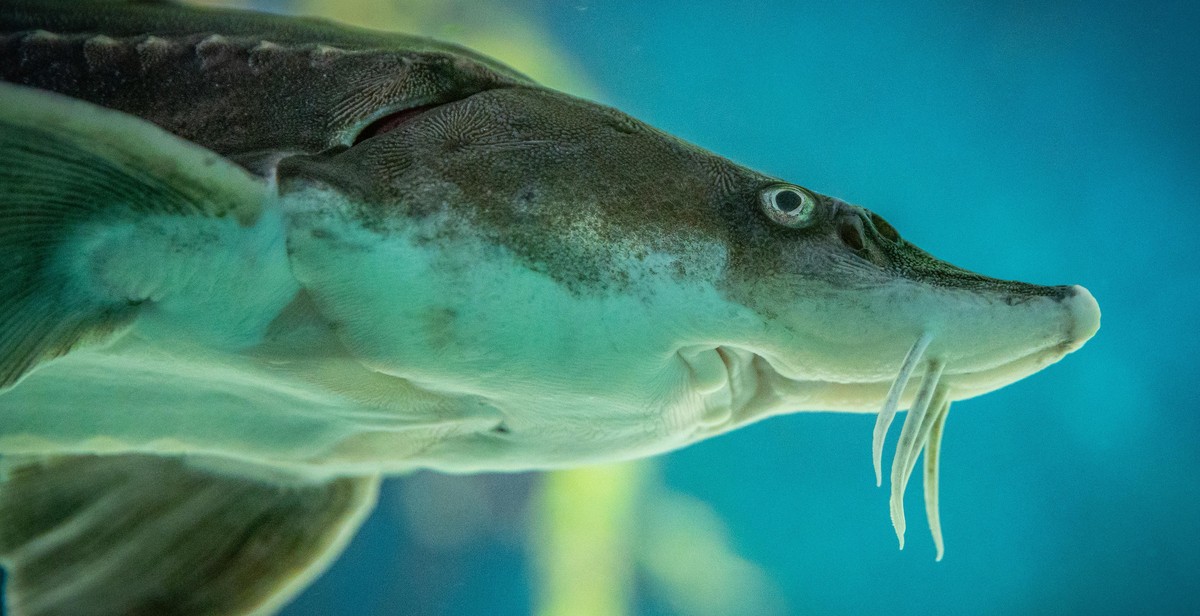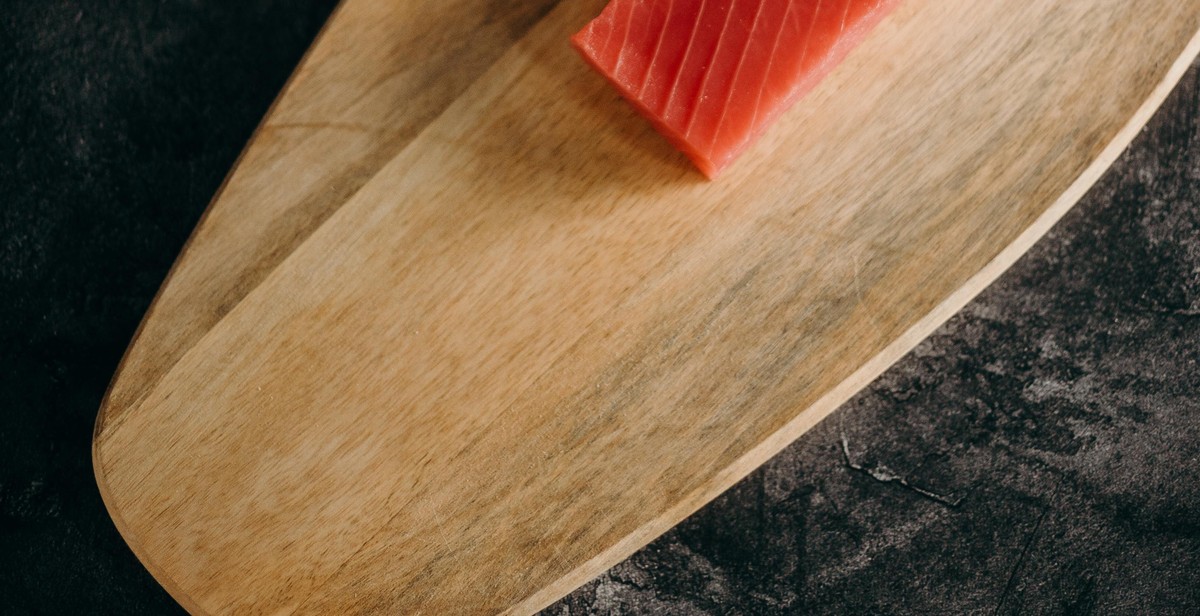How to Barbecue Whole Fish for a Unique and Delicious Meal
Barbecuing whole fish is a unique and delicious way to prepare seafood. It’s a popular cooking method in many countries around the world, including the Mediterranean, Asia, and South America. Grilling a whole fish can be intimidating if you’ve never done it before, but with a few simple steps, you can create a flavorful and impressive meal that will impress your guests.
Choosing the Right Fish
The first step in barbecuing a whole fish is to choose the right type of fish. Look for fresh, firm fish with clear eyes and a bright, shiny skin. Some good options include sea bass, trout, snapper, and salmon. Make sure the fish is scaled and gutted before you begin cooking.
Preparing the Fish
Before you start grilling, you’ll need to prepare the fish. Rinse it under cold water and pat it dry with paper towels. Season the inside and outside of the fish with salt, pepper, and any other herbs or spices you like. You can also stuff the cavity with herbs, lemon slices, or other aromatics to add flavor.
Grilling the Fish
When it comes to grilling a whole fish, it’s important to use a clean, well-oiled grill. Preheat the grill to medium-high heat and place the fish on the grates. Cook for about 10-15 minutes on each side, depending on the size of the fish. Use a spatula and tongs to carefully flip the fish over. The skin should be crispy and the flesh should be cooked through and flaky.
With these simple steps, you can create a unique and delicious meal that will impress your guests. Serve the grilled fish with a side of roasted vegetables, a fresh salad, or some crusty bread for a complete and satisfying meal.
Choosing the Right Fish
Barbecuing whole fish can be a unique and delicious meal, but choosing the right fish is crucial to ensure the best flavor and texture. Here are some important factors to consider when selecting your fish:
Freshness is Key
When it comes to fish, freshness is key. Look for fish that has bright, clear eyes, shiny skin, and a mild aroma. If the fish has a strong odor, it may not be fresh. Additionally, the flesh should be firm to the touch and bounce back when pressed.
Size Matters
The size of the fish you choose is important for both cooking and serving. A larger fish will take longer to cook and may be more difficult to handle on the grill. On the other hand, a smaller fish may not be substantial enough to serve as a main course. A good rule of thumb is to choose a fish that is around 1-2 pounds.
Types of Fish to Consider
When it comes to selecting the type of fish to barbecue, there are many options to choose from. Here are some popular choices:
- Salmon: A rich and flavorful fish that is high in omega-3 fatty acids.
- Trout: A mild and delicate fish that is easy to cook and pairs well with a variety of flavors.
- Sea Bass: A meaty and flavorful fish that is perfect for grilling.
- Snapper: A firm and mild fish that is great for grilling whole.
When selecting your fish, it’s important to consider the flavor and texture of the fish, as well as any dietary restrictions or preferences.
| Type of Fish | Flavor | Texture |
|---|---|---|
| Salmon | Rich and flavorful | Firm and meaty |
| Trout | Mild and delicate | Soft and flaky |
| Sea Bass | Meaty and flavorful | Firm and flaky |
| Snapper | Mild and sweet | Firm and flaky |
Overall, the key to choosing the right fish for barbecuing is to consider the freshness, size, and type of fish that will best suit your tastes and preferences. With the right fish, you can create a unique and delicious meal that is sure to be a hit with your family and friends.

Preparing the Fish
Before you can barbecue a whole fish, you need to properly clean and prepare it. This involves scaling, gutting, and seasoning the fish to ensure it cooks evenly and tastes delicious. Here’s a step-by-step guide on how to prepare your fish:
Cleaning and Scaling
The first step in preparing a whole fish for the barbecue is to clean and scale it. This is important because scales can affect the taste and texture of the fish, and any remaining guts or bones can be hazardous to your health. Here’s how to clean and scale a fish:
- Hold the fish securely by the tail and scrape the scales off with a scaling knife or the back of a chef’s knife. Start from the tail and work your way towards the head, using firm strokes.
- Rinse the fish under cold running water to remove any remaining scales and slime.
- Using a sharp knife, make a shallow cut along the belly of the fish from the tail to the head.
- Gently remove the guts and any other internal organs, being careful not to puncture the gall bladder or intestines.
- Rinse the fish again under cold running water to remove any remaining blood or debris.
Seasoning and Marinade
After cleaning and scaling the fish, it’s time to season it. This will add flavor and help the fish cook evenly on the barbecue. Here’s how to season and marinate your fish:
- Pat the fish dry with paper towels to remove any excess moisture.
- Season the fish generously with salt and pepper both inside and out.
- Optional: Stuff the cavity of the fish with herbs, lemon slices, or other aromatics to add flavor.
- Drizzle the fish with olive oil or your favorite marinade. Be sure to coat both sides.
- Cover the fish with plastic wrap or foil and refrigerate for at least 30 minutes to allow the flavors to penetrate the flesh.
With your fish now cleaned, scaled, seasoned, and marinated, it’s time to fire up the barbecue and start cooking!

Setting up the Grill
Before you start grilling your whole fish, it is important to set up your grill properly. This will ensure that your fish is cooked to perfection and will be a unique and delicious meal for you and your guests.
Direct or Indirect Heat
When grilling a whole fish, you have the option of using direct or indirect heat. Direct heat is when the fish is placed directly over the heat source, while indirect heat is when the fish is placed to the side of the heat source.
Direct heat is best for smaller fish, as it allows for quick and even cooking. Indirect heat is better for larger fish, as it allows for slower cooking and prevents the fish from burning or drying out.
Temperature Control
Temperature control is crucial when grilling a whole fish. You want to make sure that the grill is at the right temperature before placing the fish on it.
The ideal temperature for grilling fish is between 350°F and 400°F. You can use a thermometer to check the temperature of the grill or simply hold your hand over the heat for a few seconds. If you can only hold your hand over the heat for a few seconds, the grill is at the right temperature.
It is also important to maintain the temperature throughout the cooking process. You can do this by adjusting the vents on your grill or by adding more charcoal or wood chips.
Final Thoughts
Setting up your grill properly is the first step in grilling a delicious whole fish. By using direct or indirect heat and maintaining the right temperature, you can ensure that your fish is cooked to perfection and will be a unique and flavorful meal for you and your guests.

Cooking the Fish
Grilling a whole fish is a unique and delicious way to enjoy seafood. However, it can be intimidating if you’ve never done it before. Here are some tips to help you cook the perfect whole fish on the barbecue:
Grilling Time
The grilling time for a whole fish depends on the size and thickness of the fish. As a general rule, you should grill the fish for 8-10 minutes per inch of thickness. For example, if your fish is 2 inches thick, you should grill it for 16-20 minutes.
It’s important to remember that grilling time can vary depending on the heat of your grill and the type of fish you’re cooking. Keep an eye on the fish and use a meat thermometer to ensure it reaches an internal temperature of 145°F.
Testing for Doneness
One of the best ways to test for doneness is to use a meat thermometer. Insert the thermometer into the thickest part of the fish, making sure not to touch the bone. The internal temperature should read 145°F.
If you don’t have a meat thermometer, you can also test for doneness by gently pulling on the fish. The flesh should be opaque and should easily pull away from the bone. If the flesh is still translucent and difficult to pull away from the bone, it needs more time on the grill.
Another way to test for doneness is to use a fork. Gently insert a fork into the thickest part of the fish and twist it slightly. The flesh should flake easily and be opaque.
Remember, it’s better to slightly undercook the fish than to overcook it. You can always put it back on the grill for a few more minutes if needed.
With these tips, you’ll be able to cook the perfect whole fish on the barbecue every time.

Serving and Enjoying
Now that you have cooked your whole fish to perfection, it’s time to serve and enjoy it. Here are some tips on how to make the most of your unique and delicious meal:
Garnishes and Sides
A whole fish is a stunning centerpiece for any meal, but it can be made even more impressive with the addition of some carefully chosen garnishes and sides. Here are some ideas to get you started:
- Grilled lemon wedges: Squeeze the grilled lemon wedges over the fish before serving to add a burst of citrus flavor.
- Salsa verde: This tangy and herbaceous sauce is the perfect accompaniment to grilled fish. Serve it on the side or spoon it over the fish before serving.
- Grilled vegetables: Serve your fish with a side of grilled vegetables, such as zucchini, eggplant, and bell peppers. The smoky flavor of the vegetables pairs perfectly with the grilled fish.
Wine Pairing
Pairing wine with fish can be tricky, but there are a few guidelines you can follow to ensure a perfect pairing:
| Fish Type | Wine Pairing |
|---|---|
| White fish (e.g. snapper, tilapia) | Try a crisp, acidic white wine, such as Sauvignon Blanc or Pinot Grigio. |
| Fatty fish (e.g. salmon, tuna) | Pair with a medium-bodied red wine, such as Pinot Noir or Merlot. |
| Shellfish (e.g. shrimp, scallops) | Pair with a dry sparkling wine, such as Champagne or Prosecco. |
With these tips, you’re sure to impress your guests with your perfectly grilled whole fish and expertly paired wine. Enjoy!
